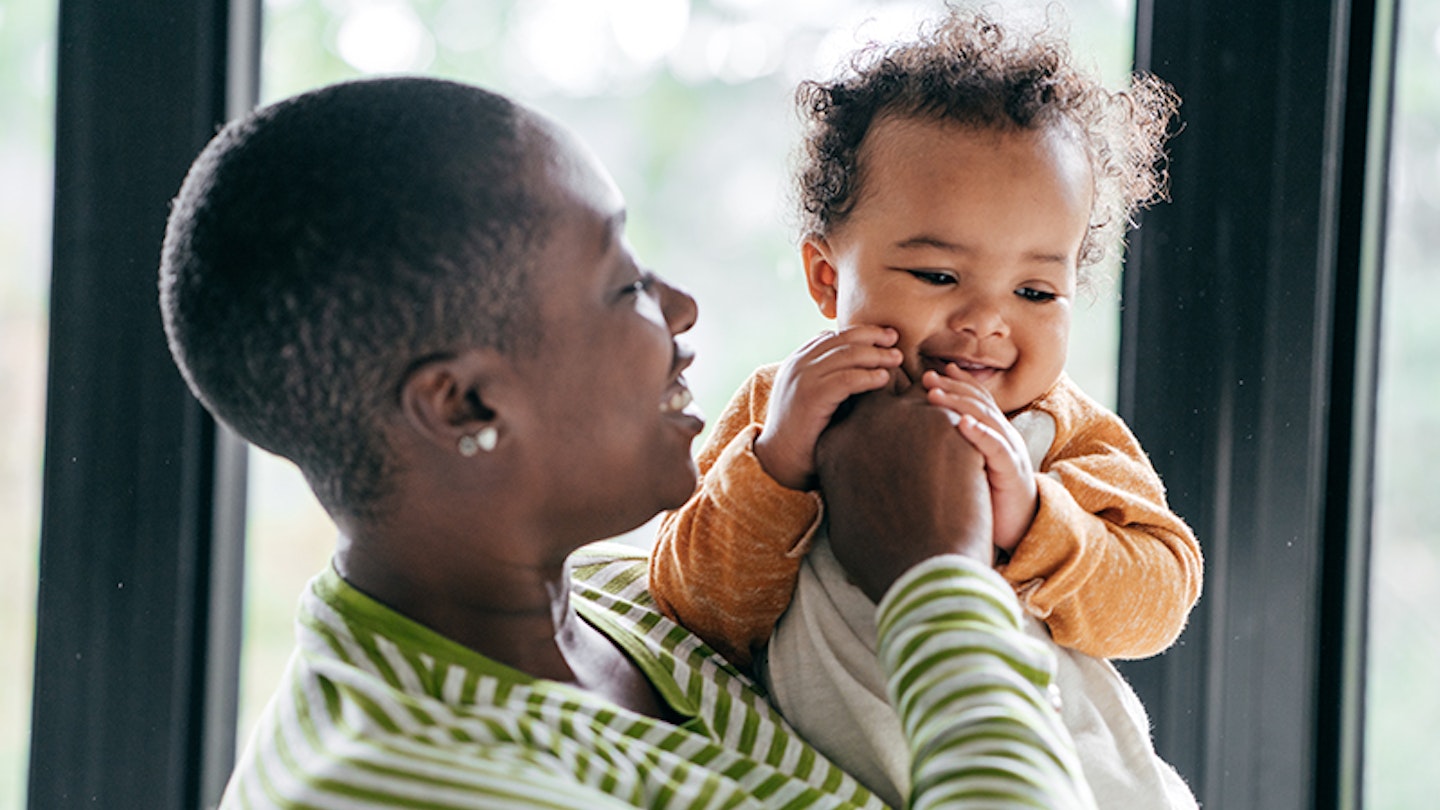If you’ve just felt a sharp little gum with your finger, or spotted a fresh flash of white when your baby smiles, then they've started teething and you’re most likely going to need some teething remedies ASAP.
Teething is an exciting time (plus, your baby will look even cuter with one little tooth poking through), but teething can also be a tough time, because it can turn even the calmest of babies into a screaming mess.
Luckily, there are a few teething remedies out there which may just be able to soothe your baby’s inflamed gums. From teething gels toteething rings, we round up the best teething remedies that actually work.
What are the symptoms of teething to look out for?
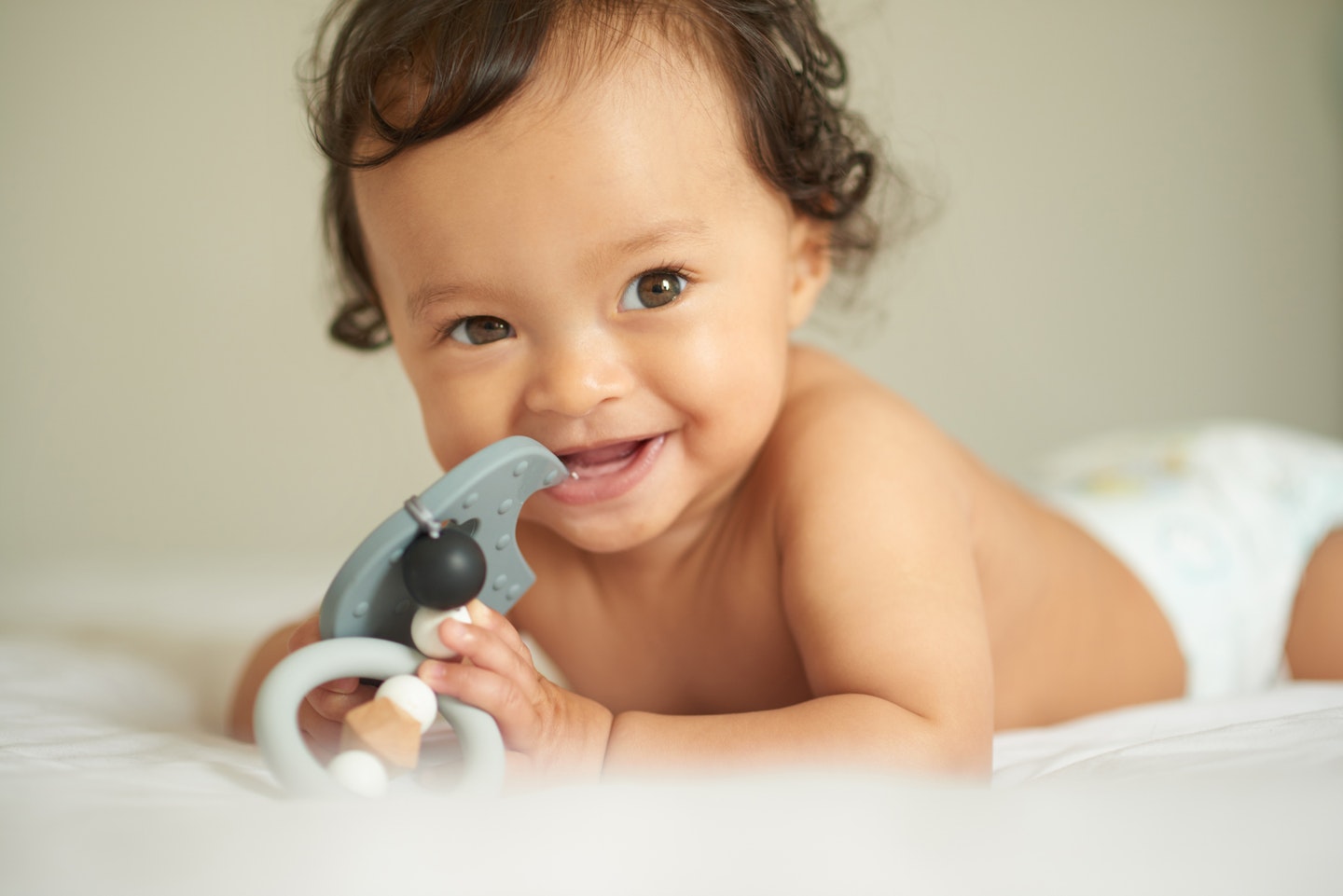
Your baby won’t teethe in quite the same way as any other baby on the planet, so play detective and learn his warning signs. Common symptoms include:
• Red cheeks when teething - Rosy red cheeks are a very common sign of teething. Their cheeks turn red when the tooth in that area is coming through and irritating the gum around it. You may also notice their cheeks are on the warm side too. You should always check with your baby's GP if you suspect they might have a temperature.
• Dribbling or coughing - Your baby will probably be making extra saliva as they're is teething. This extra drool can also cause a rash on the cheeks and chin sometimes.
• Change in nappies - A few choice nappies or an out-of-the-blue nappy rash from swallowing all that extra drool.
• Trouble drinking, eating or sleeping - Your baby might be pulling at their ear, chewing their fingers or batting their face which can sometimes cause problems when it comes to sleep. Those sensitive gums can cause issues when eating and drinking too.
• Being clingy or cranky - The pain from teething can make your baby a lot more irritable and they may cry more or need more cuddles and kisses.
8 teething remedies to soothe your teething baby
teething remedies
 1 of 8
1 of 81) Cold
To numb your baby’s gums, give them a teether that’s been chilled in the fridge for half an hour. Or if they're over six months, offer some cold water in a cup. Depending on their age, feed them chilled fruit purées or pop a chunk of frozen banana or plums in a baby feeder mesh bag for your baby to gnaw on safely.
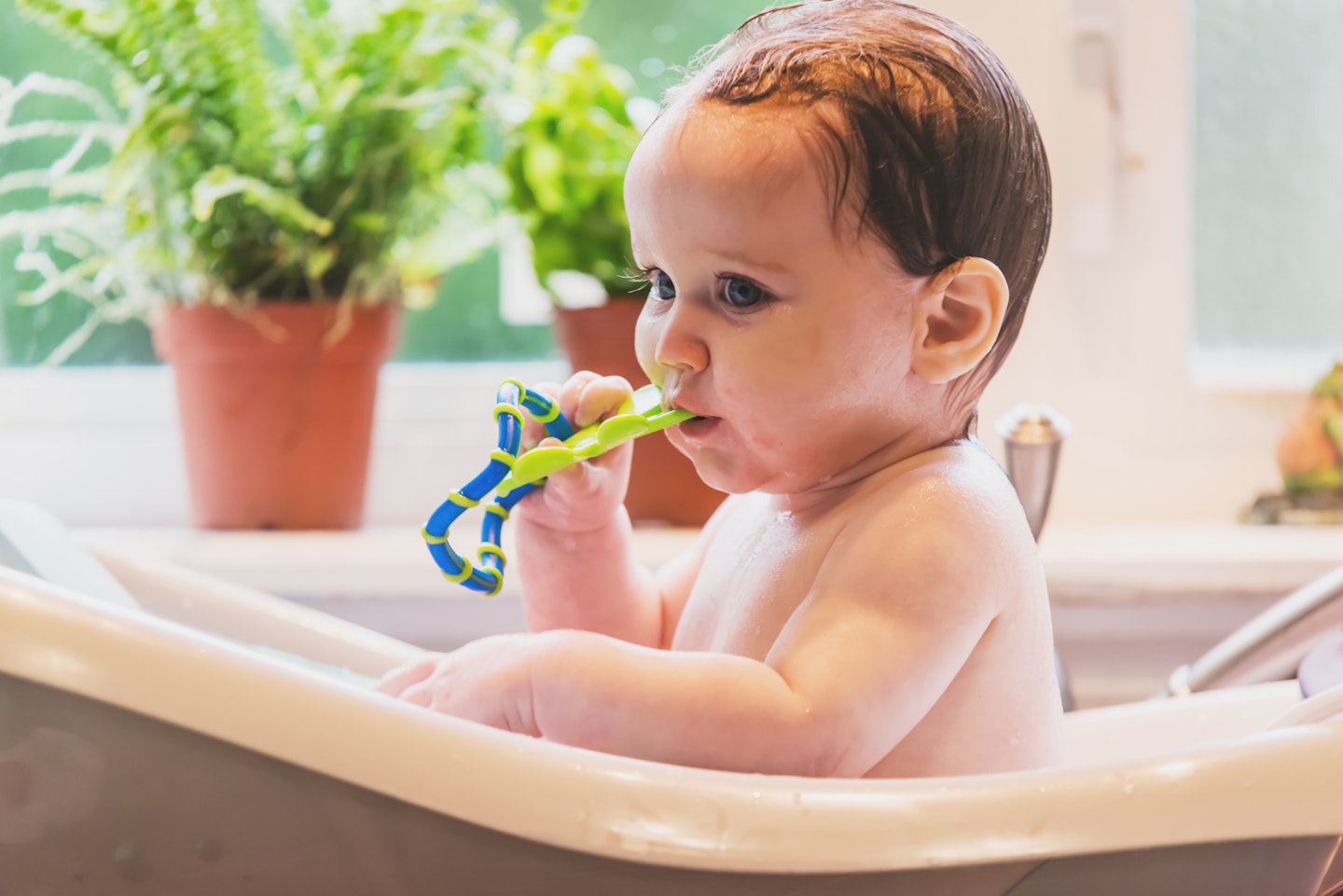 2 of 8
2 of 82) Pressure
Experiment with teething toys to find one that offers just the right pressure to ease discomfort. Have a selection of different shapes too: circular teethers are best when your baby's cutting their front teeth but need a longer, thinner design to reach their molars.
The crook of your little finger makes a great teether – but do wash your hands first. And, if your baby's restless at night, gently press on their gum with your little finger – it’s a great way to soothe without waking them up.
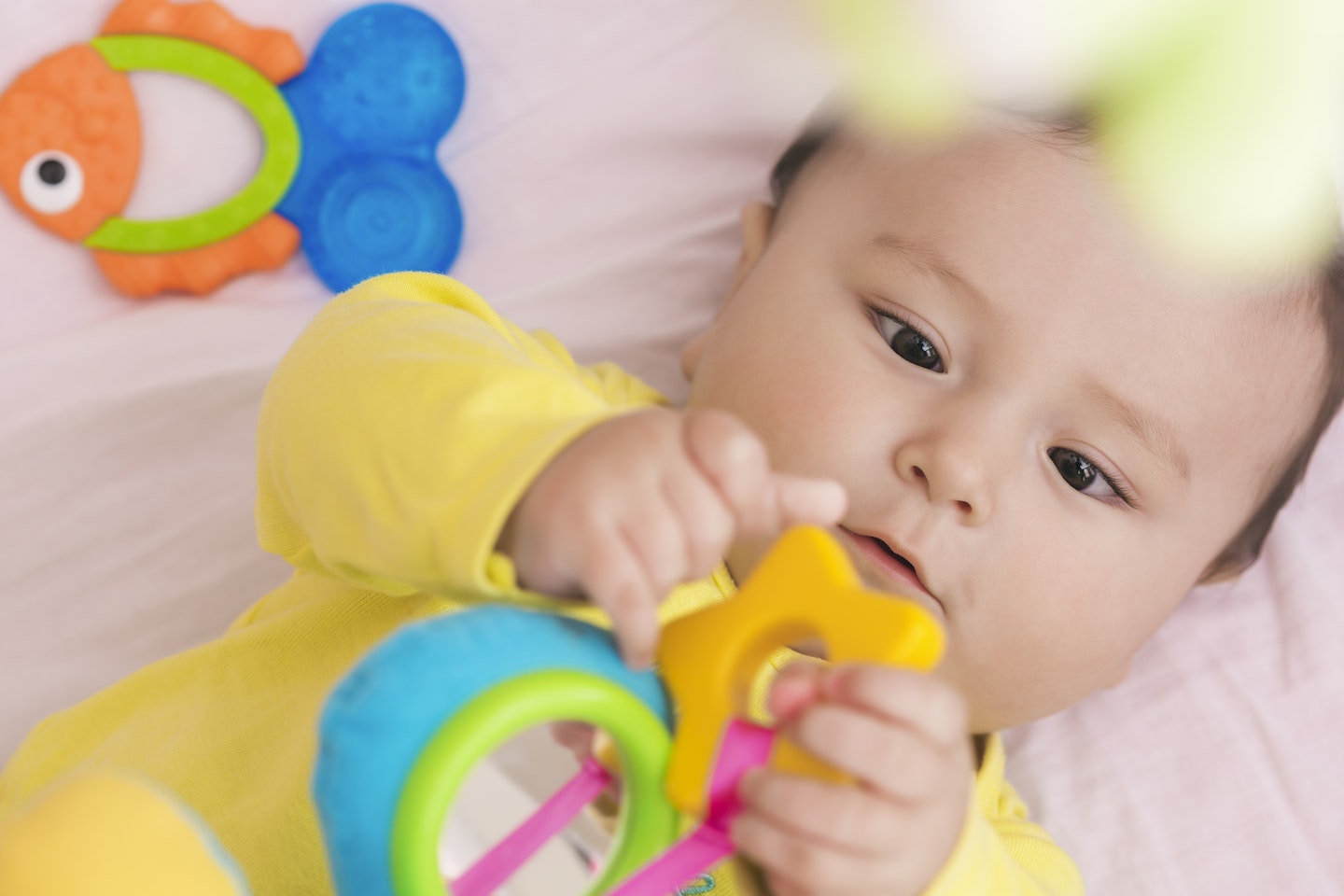 3 of 8
3 of 83) Texture
The nobbly bits on teethers can provide extra relief and will give your baby’s gums something to grasp onto. Buy one with a range of textures so they can experiment for themselves.
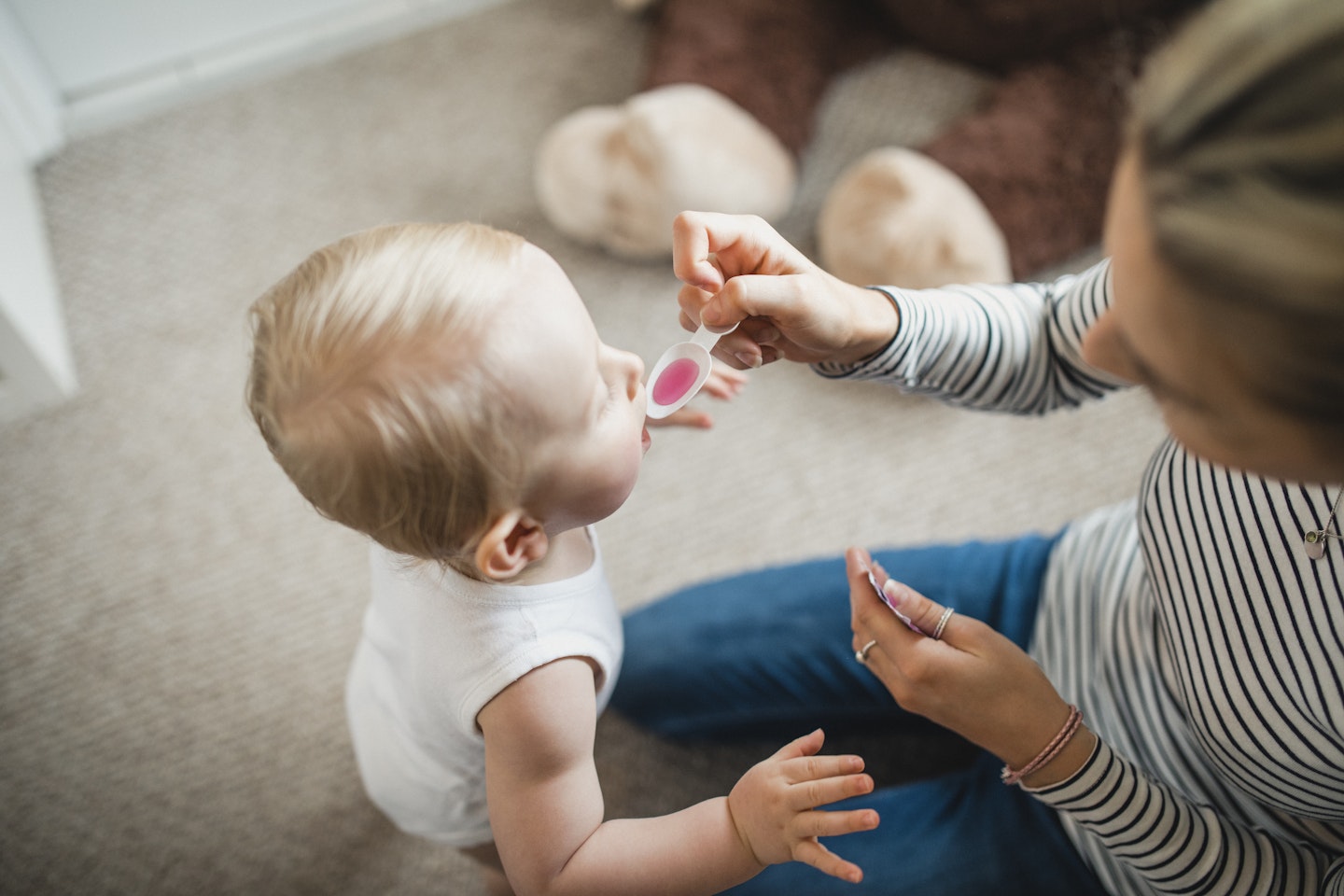 4 of 8
4 of 84) Medicine
You can give your baby paracetamol from two months and ibroprofen from three months but whichever brand you choose, make sure it is suitable for babies.
Paracetamol is best for relieving mild to moderate discomfort before a tooth comes through. When your baby is actually cutting a tooth, ibroprofen is more effective as it helps reduce inflammation. Some mums also swear by gripe water for relieving discomfort. Always give the recommended dosage and check with your doctor if you’re not sure.
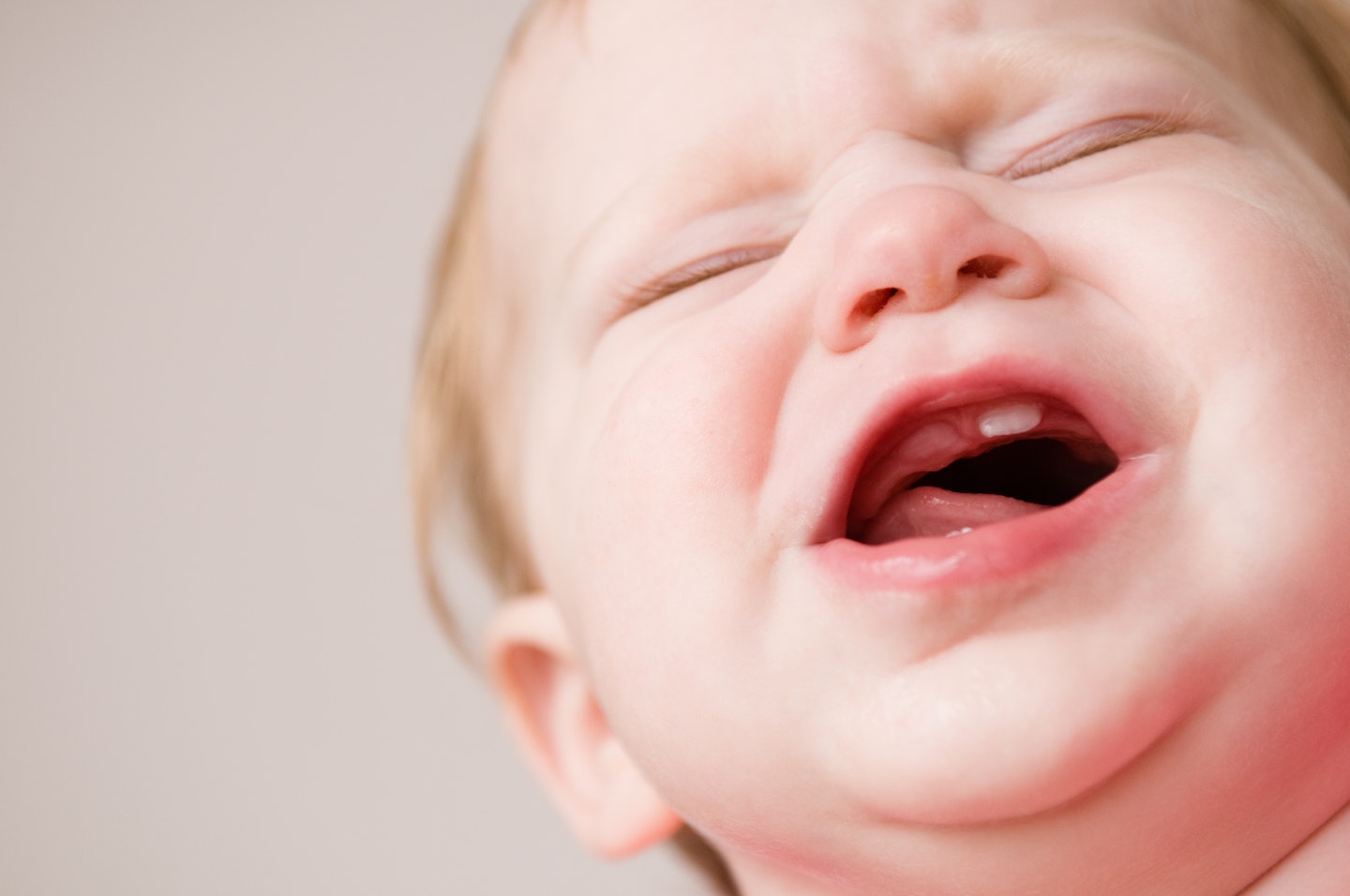 5 of 8
5 of 85) Granules
Teething granules contain a natural pain reliever to ease discomfort and easily dissolve in your baby’s mouth.
 6 of 8
6 of 86) Topical gel
Teething gels can help ease discomfort as they contain a small dose of antiseptic which will help numb her gums, but make sure you use one that is suitable for babies.
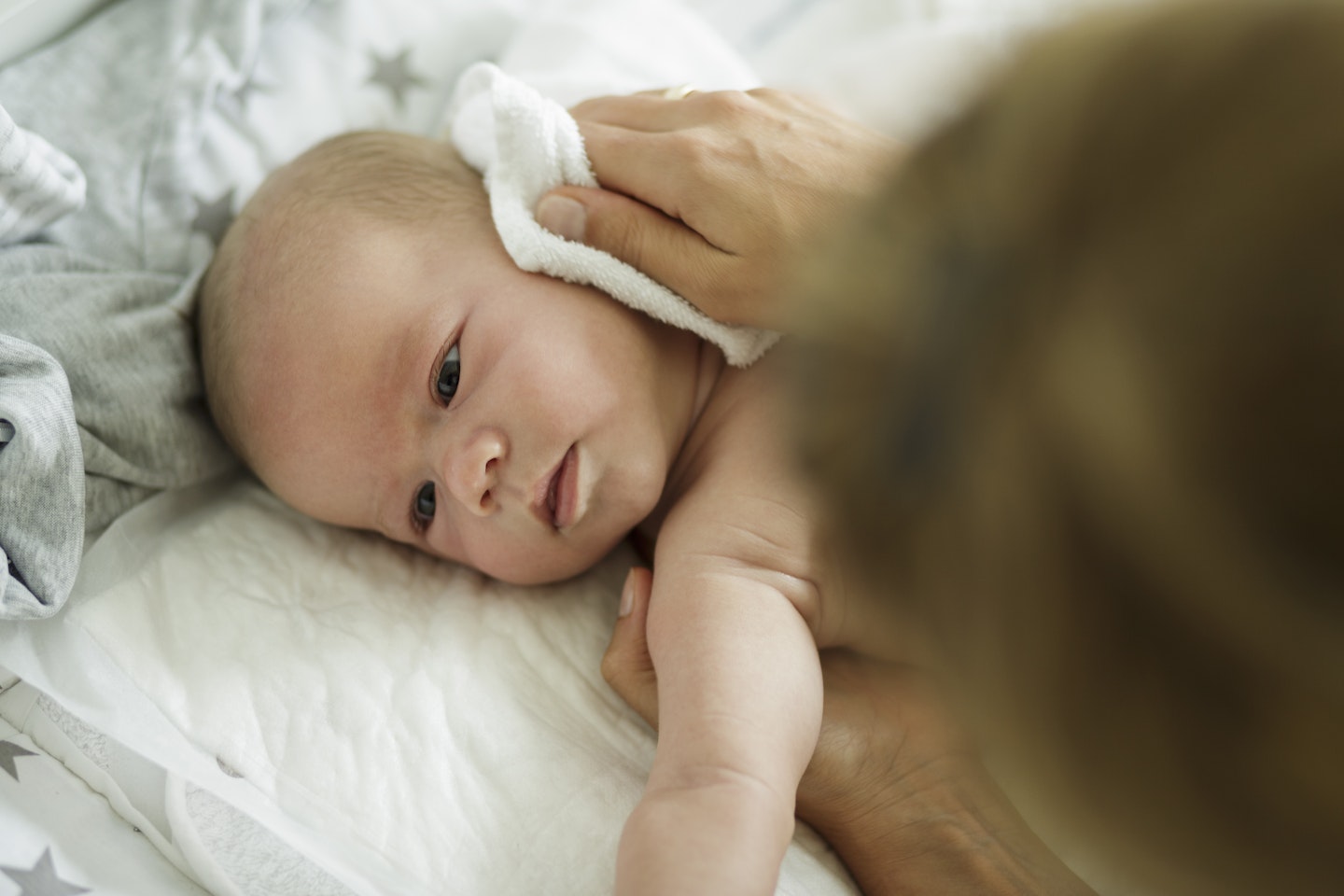 7 of 8
7 of 87) Warmth
Give your baby a clean flannel soaked in warm water to suck on as the warmth can ease aching gums and help teeth break through the gums.
 8 of 8
8 of 88) Comfort
Give your baby lots of extra cuddles and kisses as teething can be a really unsettling time and she’ll need lots of love and reassurance.
When do babies teeth start to form?
Six weeks after conception, the cells that will eventually become your baby’s teeth started to form underneath her jaw. And, as she grows in your womb, these gradually become more solid and structured so, when she’s born, she has a full set of teeth buds sitting in her jaw. These continue to grow until they’re right underneath her gum line at the grand old age of aroundfour months, which is when teething symptoms normally start.
So don’t be surprised if your baby is grumbling way before you see the first sign of a tooth. Before they break through, her teeth are already putting pressure on her gums and causing her mouth to ache. Gums have the same nerve pathways as cheeks and ears, so this can lead to discomfort in other areas of her face – for example, you might spot her pulling her ear or rubbing her cheek.
One per cent of babies are born with one or more teeth!
When a tooth is ready to come through the gum, you’ll be able to see its white tip just underneath your baby’s gum line. Her body releases a chemical that causes part of her gum to become less dense so the tooth can push through easily. But the tooth still has to break through the top layer of her gum, which can cause some discomfort.
Baby teething timeline
The buds for different types of baby teeth grow at different rates. First to emerge at around six months will be their bottom front two teeth, soon followed a month later by the upper middle teeth. These are your baby's central incisors. At nine to twelve months, they'll get four more, one on either side of these central teeth, and these are their lateral incisors. They usually emerge in pairs, the two on one side, then the two on the other side. Around 14 months, your baby's first molars, bigger and with a flat surface to crush food, will appear top and bottom, leaving a gap between them and the incisors. At 18 months, four sharper canine teeth fill this top and the bottom, and these are used to tear food. At around 26 months, two pairs of second molars will emerge at the back of baby's mouth, with broad flat surfaces to grind up her food.

Of course, the age at which teeth come through varies enormously, just as some babies talk early and others walk early, although if she reaches her first birthday without any teeth emerging, then it’s a good idea to visit your dentist. But by the time she’s around two and a half, she’s likely to have her full set of 20 baby teeth.
Meet the expert: Claire Stevens is a consultant in paediatric dentistry and mum of two.
